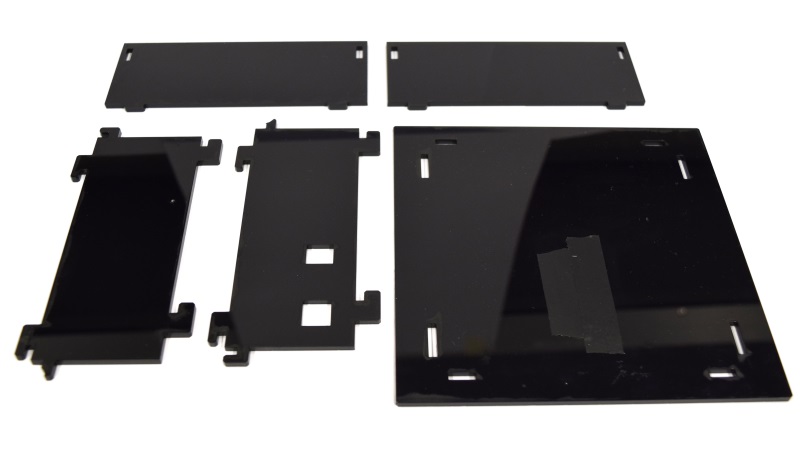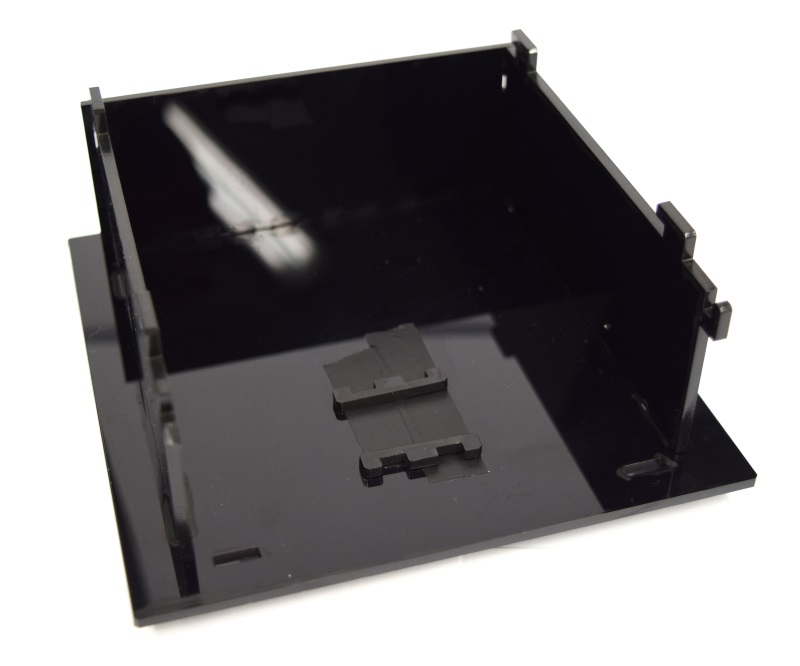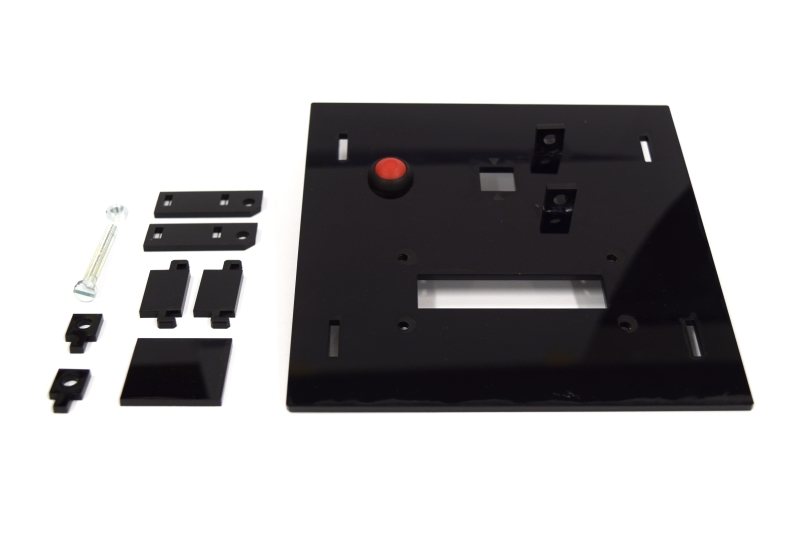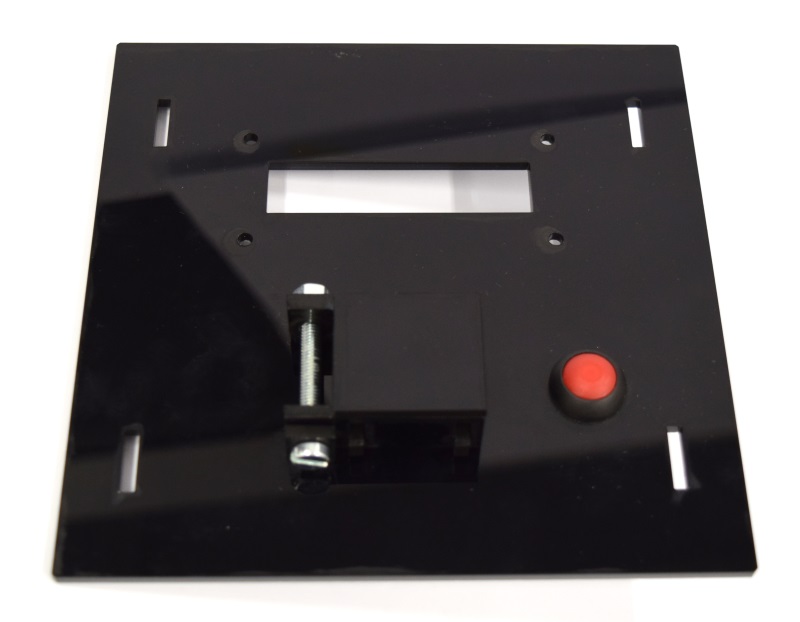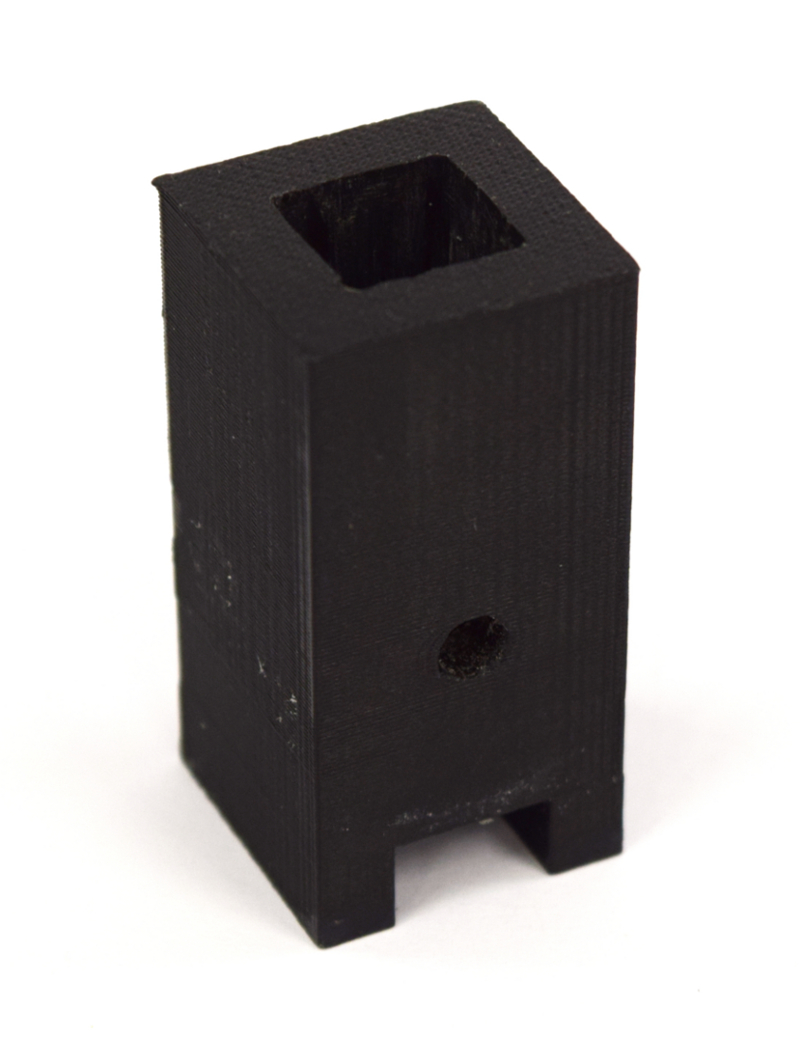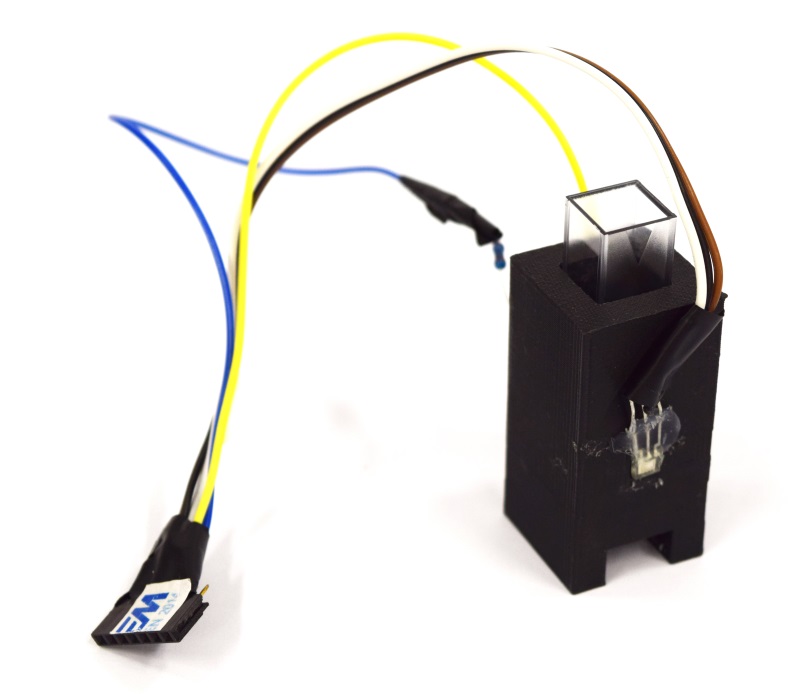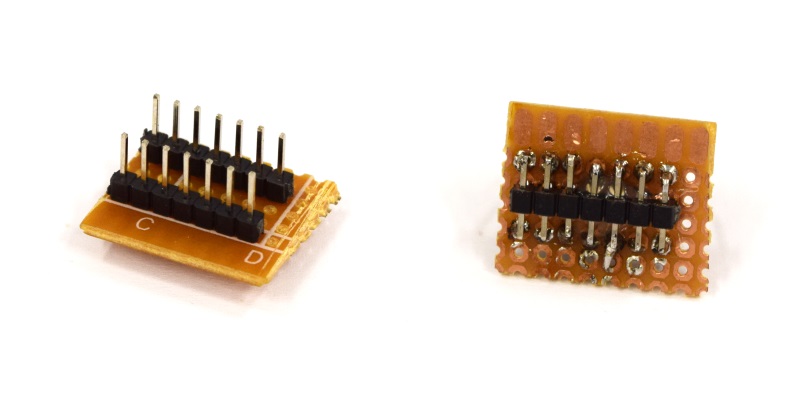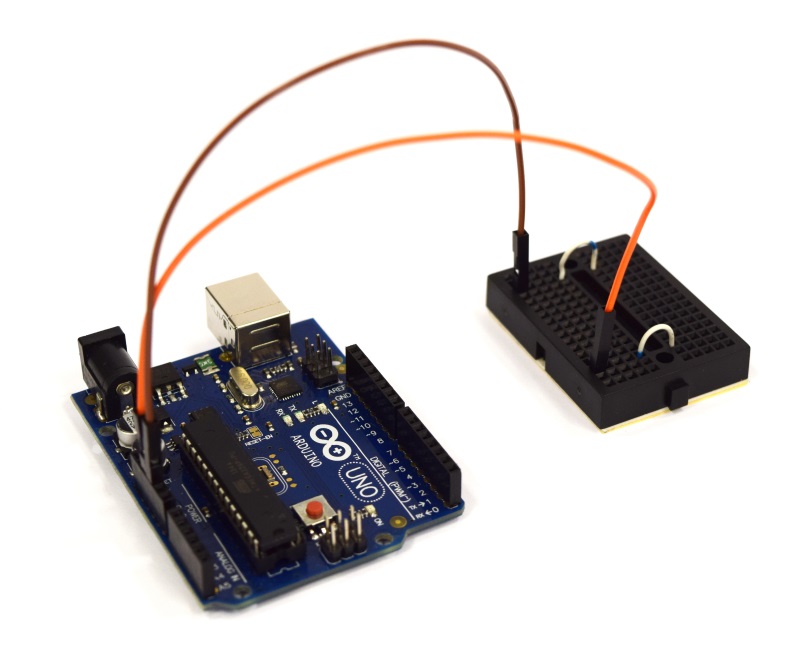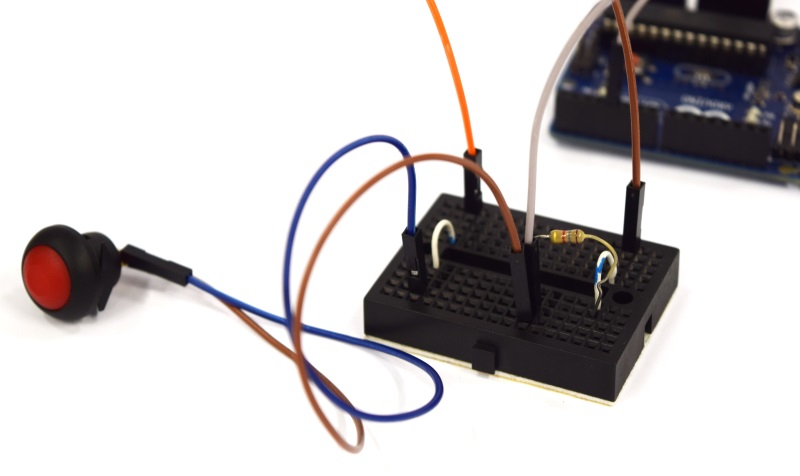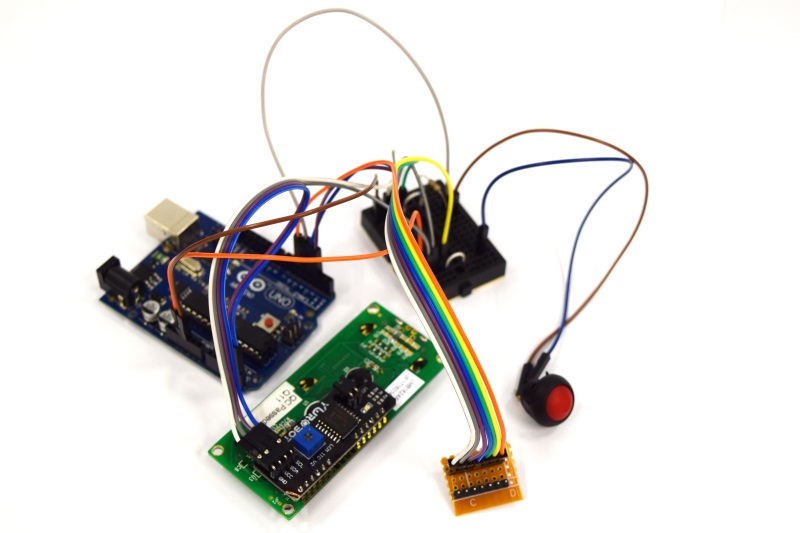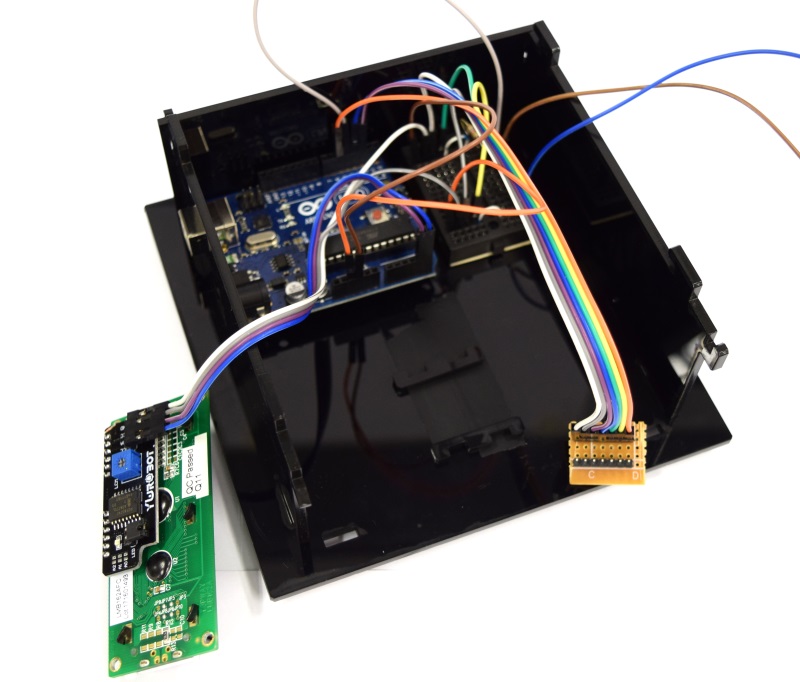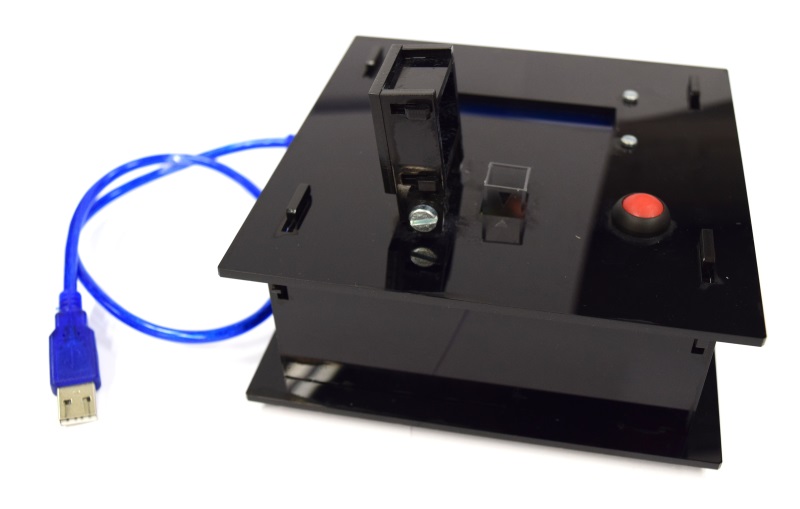Team:Aachen/OD/F device
From 2014.igem.org
(→Building your own OD/F device) |
(→Building your own OD/F device) |
||
| Line 59: | Line 59: | ||
= Building your own OD/F device = | = Building your own OD/F device = | ||
| - | + | <center> | |
{| class="wikitable" | {| class="wikitable" | ||
! k !! kk | ! k !! kk | ||
| Line 87: | Line 87: | ||
| [[File:Aachen_ODF_7.JPG|300px]] || Congratulations! You have finished constructing your own OD/F device! | | [[File:Aachen_ODF_7.JPG|300px]] || Congratulations! You have finished constructing your own OD/F device! | ||
|} | |} | ||
| + | </center> | ||
Revision as of 22:46, 9 October 2014
|
|
|
|
 "
"
